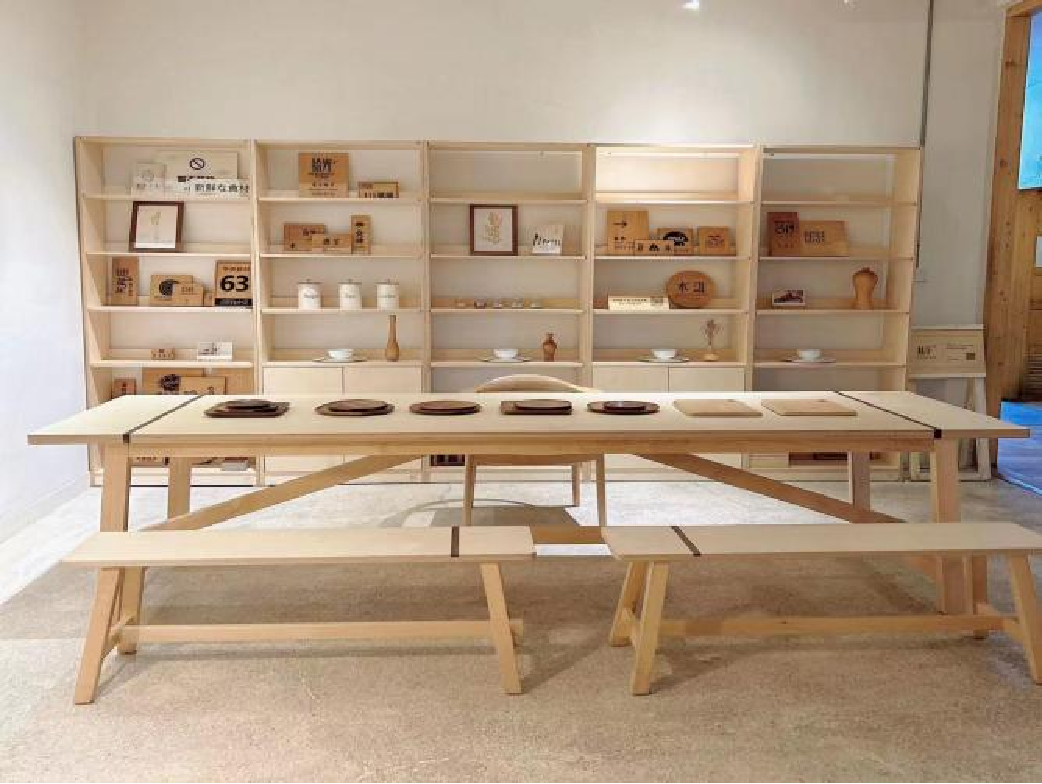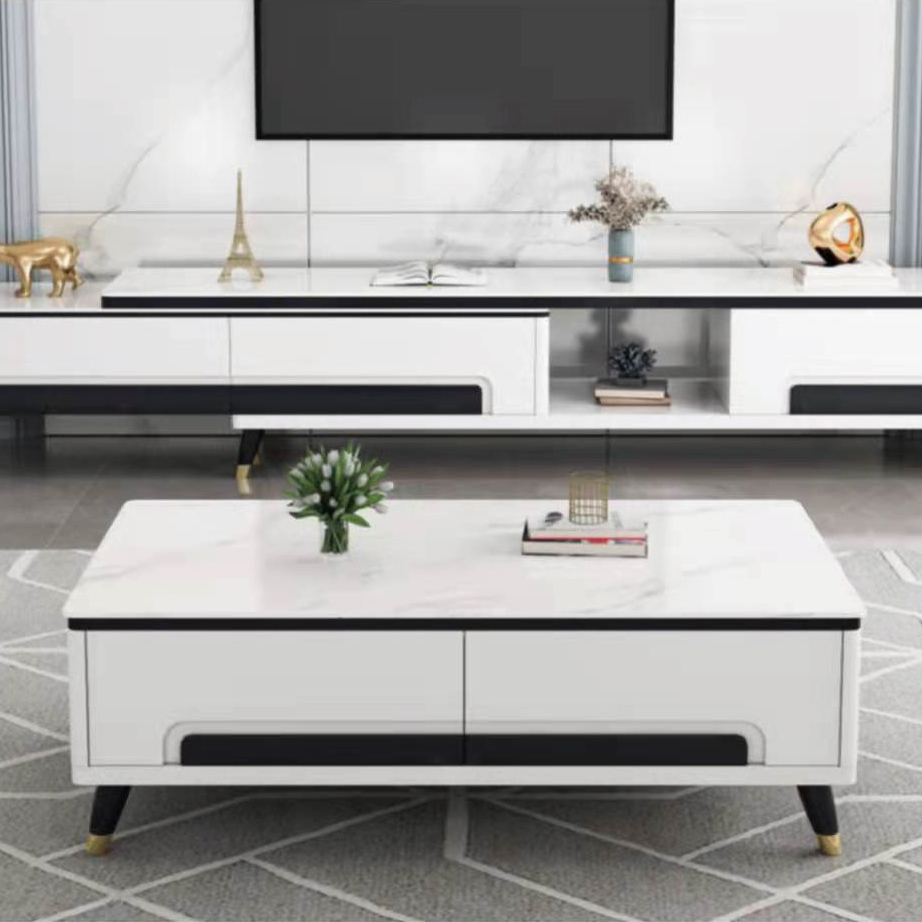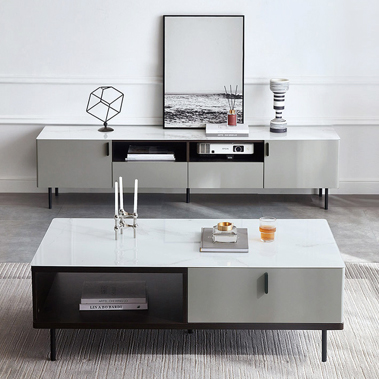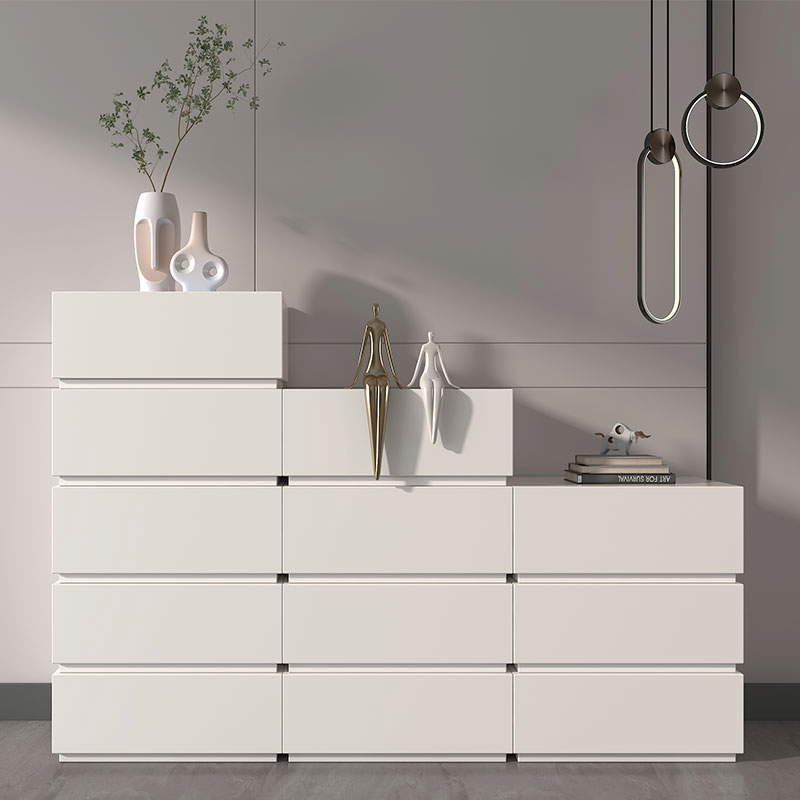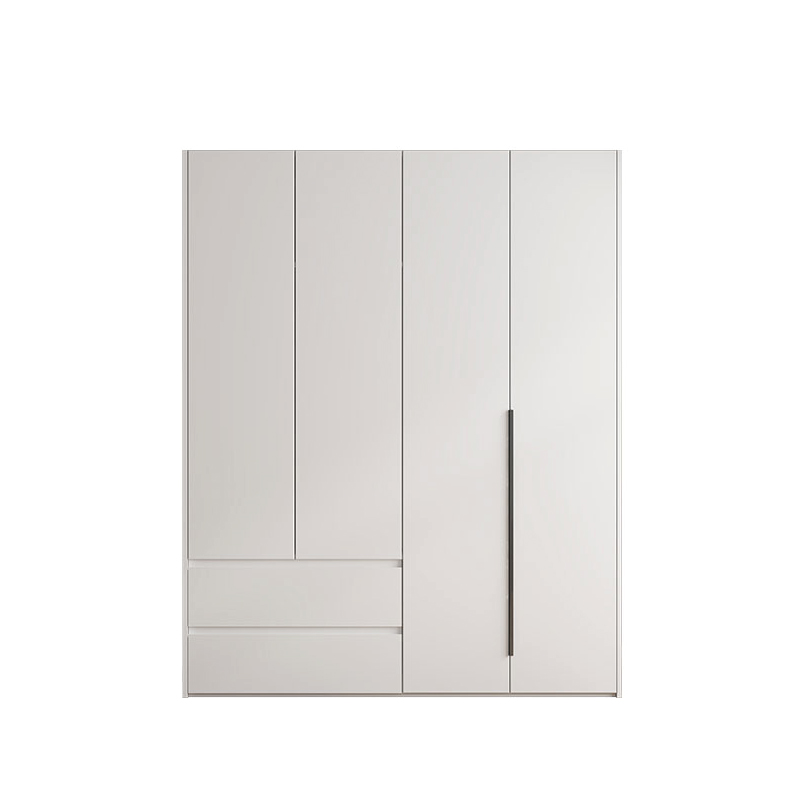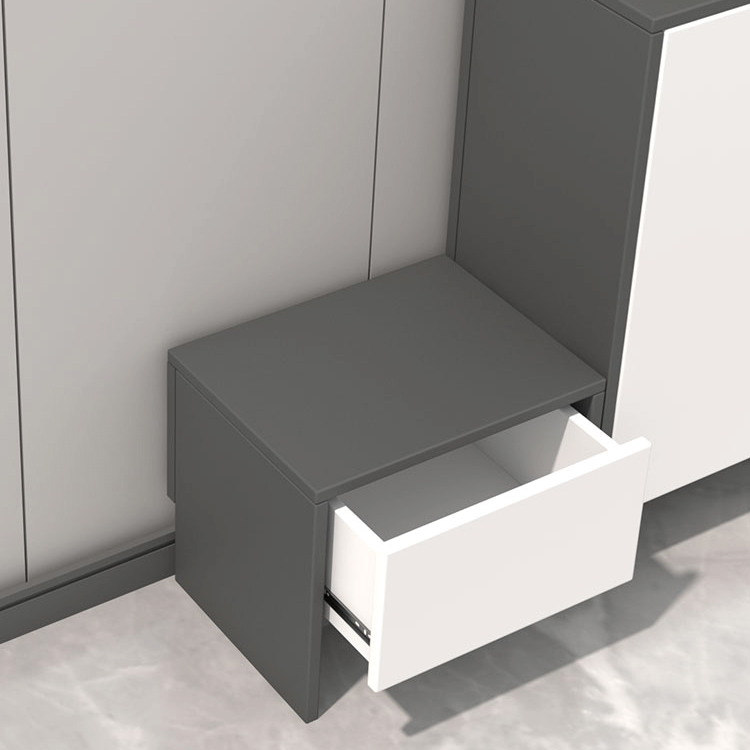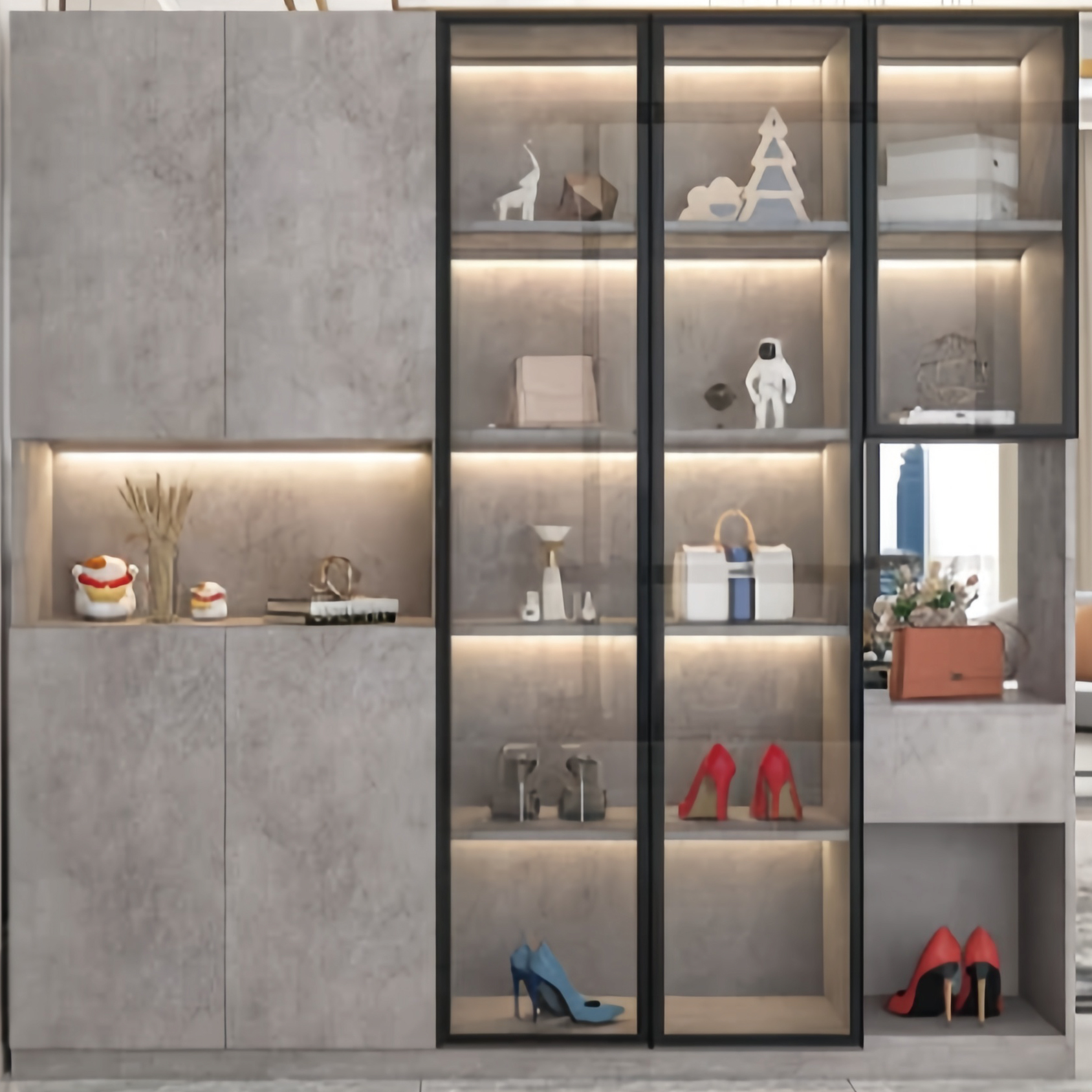How to Detect Formaldehyde Concentration in Furniture
When furnishing your home, hidden formaldehyde can turn comfort into worry. At CONSMOS, we believe your furniture should never put your health at risk—that’s why we stand for zero tolerance on formaldehyde. To help you stay in control, here’s how to test for it, easy ways to remove it from other furniture, and why our pieces skip the hassle.
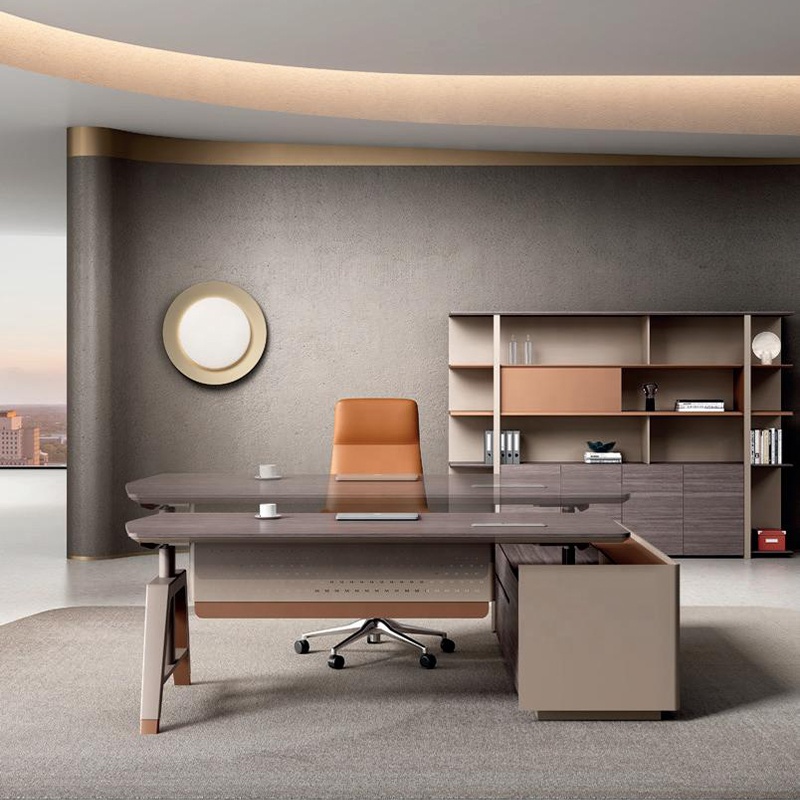
No expertise needed—try these two methods:
- Test Strips: Close the furniture (e.g., drawer, cabinet) for 12 hours (keep the room 20–25°C). Place a strip inside, wait 20 minutes, then match its color to the chart. Safe level: ≤0.1mg/m³ (global safety standard).
- Portable Detectors: Hold the device 30cm from the furniture surface (or inside enclosed spaces). It shows real-time numbers—perfect for checking new pieces fast.
If you test high on non-CONSMOS furniture, these fixes work—but they take time. We want you to know them, so you’ll see why our “zero-formaldehyde” promise matters:
- Ventilate Non-Stop: Open furniture doors/drawers and room windows daily for 2–3 hours. This lets trapped formaldehyde escape—best for new furniture, but needs 3–6 months to work.
- Use Physical Adsorbents: Place activated carbon bags or formaldehyde-removing silica gel inside cabinets. Replace them every 1–2 months (they lose effect over time) to keep absorbing fumes.
- Try Professional Purifiers: Choose air purifiers with HEPA + formaldehyde-filtering cores. Run them near problematic furniture for 4–6 hours a day—effective, but adds extra cost.
You shouldn’t have to “fix” your new furniture. At CONSMOS, we eliminate formaldehyde before it reaches you:
Testing and removing formaldehyde is doable—but it shouldn’t be necessary. With CONSMOS, you get furniture that’s safe from the start. No waiting, no extra tools, no worries.





